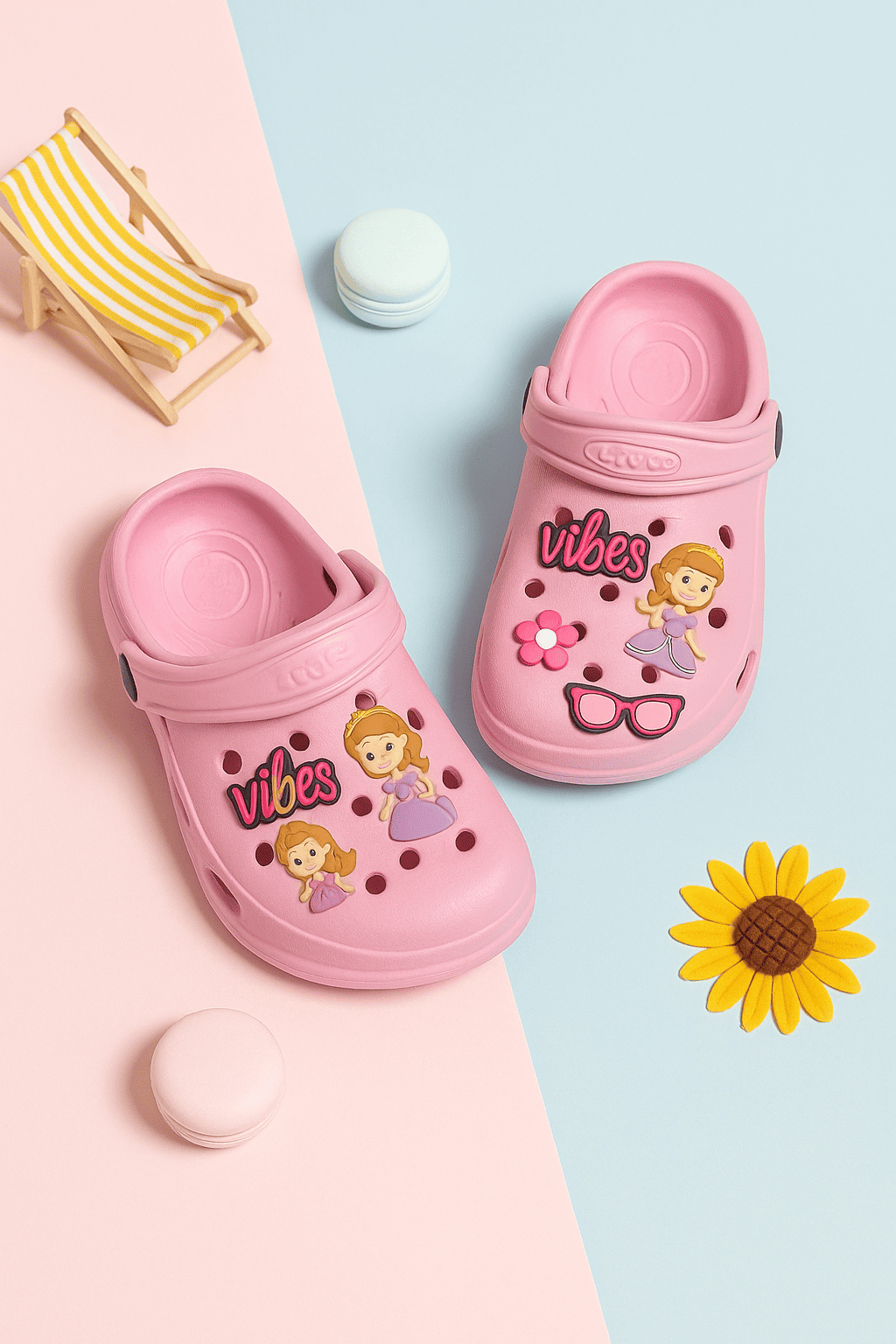Seeing a toddler take their first steps feels like magic to parents. But those wobbly, adorable steps come with a big responsibility: choosing the right footwear. At this crucial stage of development, toddlers need shoes that offer protection without limiting their natural movement. That’s where flexible soles toddler shoes come in—they’re not just a trend but a necessity for healthy foot growth.
In this blog, we’ll explore why flexible-soled shoes are the best choice for toddlers, what materials to look for, and how they support your child’s comfort, safety, and development.
Why Flexibility Matters in Toddler Shoes
Toddlers have delicate, developing feet made mostly of soft cartilage. At this stage, their bones and arches are still forming, making it essential to choose shoes that support natural growth. That’s why flexibility in footwear is so important. A rigid sole can restrict movement and lead to improper walking patterns or discomfort.
Flexible soles toddler shoes:
- Mimic the natural movement of bare feet
- Allow better balance and grip as toddlers learn to walk
- Help strengthen muscles in the feet and legs
- Reduce the chances of tripping and falling
Instead of working against your child’s movement, flexible shoes move with them, offering support without stiffness.
Key Benefits of Flexible Sole Shoes for Toddlers
- Encourages Natural Movement: A good pair of toddler shoes with a flexible sole lets your little one flex their feet with ease. Whether they’re tiptoeing across the living room or running in the park, a flexible sole adapts to the shape and motion of their tiny feet.
- All-Day Comfort: Unlike stiff shoes, which can cause pressure points or blisters, shoes with soft, bendable soles cushion every step. This is especially important for toddlers who are on their feet most of the day, playing, exploring, or simply being their energetic selves.
- Promotes Healthy Foot Development: Flexible shoes support healthy foot development by allowing natural movement and muscle growth, while providing enough structure for protection and stability.
- Better Grip and Balance: Shoes designed with flexible soles often have anti-skid patterns that improve grip. This is especially useful on smooth surfaces or outdoor terrains where your toddler is still learning how to manage balance.

What Materials Are Best for Flexible Soles?
The comfort offered by flexible soles in toddler shoes is closely tied to the materials they’re made from. Here are some of the most toddler-friendly sole materials:
- TPR (Thermoplastic Rubber): Common in kids sports shoes and casual wear, TPR is both flexible and durable. It offers a balance of cushioning and grip without adding bulk.
- EVA (Ethylene Vinyl Acetate): EVA soles provide the perfect blend of lightness and cushioning for energetic toddlers. These are often found in lightweight kids footwear and sneakers, offering shock absorption and comfort for all-day wear.
- Soft PVC Soles: Great for breathable kids shoes, soft PVC soles are flexible and skid-proof, perfect for indoor and outdoor use.
- Rubber Soles: Natural or synthetic rubber is flexible yet sturdy. You’ll often find it in children's running shoes where a mix of traction and flexibility is needed.
When choosing flexible shoes, gently bend the sole—if it folds easily at the ball of the foot, it’s a good sign.
What Else to Look for?
Choosing the best flexible toddler shoes isn’t only about the sole. Keep an eye out for these comfort-enhancing features:
- Breathable Upper Materials: Mesh or knit uppers allow air circulation, keeping little feet cool and sweat-free.
- Adjustable Closures: Velcro straps or elastic laces offer a snug fit without too much pressure.
- Wide Toe Box: Gives toes space to wiggle and grow naturally.
- Lightweight Build: The shoe should feel light, almost like a second skin.

When to Start Using Flexible Soles Toddler Shoes?
Once your child begins standing or walking, it’s time to consider soft, flexible shoes. While barefoot is ideal indoors, outdoor surfaces call for protective yet adaptable footwear.
For boys and girls aged 1 to 5, especially during the transition from crawling to running, flexible soles support every milestone with care.
Some Signs You Might Be Using the Wrong Shoes
- Red marks or blisters around the toes or heels
- Your toddler frequently removes their shoes
- Visible difficulty in walking or frequent tripping
- Complaints about pain or discomfort
If any of these sound familiar, switching to flexible soles toddler shoes might be the right move.
Step into Comfort with StarKidz: Designed for Kids
At StarKidz, we believe comfort should never be compromised, especially when it comes to growing feet. That’s why we design lightweight kids sneakers, kids sports shoes, and everyday wear using flexible soles, breathable uppers, and child-friendly materials.
Whether it’s running at the park or walking around the house, our shoes support natural movement while offering fun and style. Crafted for toddlers, trusted by parents, and tailored to fit little explorers—from Delhi to Tier 2 towns—StarKidz is here to support every tiny step.
Final Thought:
When it comes to toddlers, every step matters. Opting for flexible soles toddler shoes is a small choice with a big impact—comfort, support, and healthy foot development all rolled into one. Because happy feet lead to happy adventures.
View Also This Product



Share:
Looking for Sports Shoes for 5-Year-Old Boy? Here's the Hub!
10 Amazing Physical Activities for Your Kids: Let the Fun Begin!